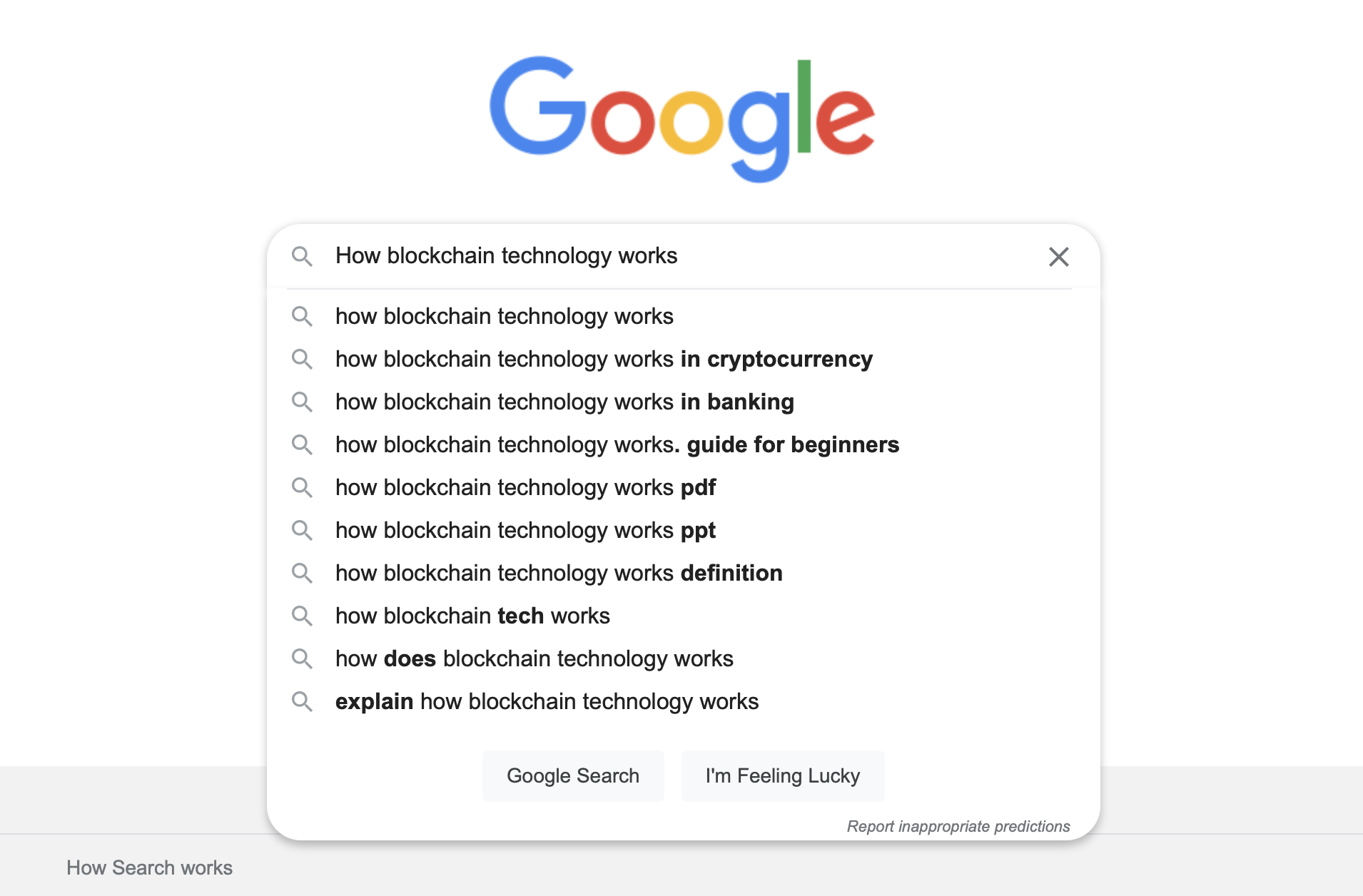LSI and SEO are two techniques for internal website optimization for search engine promotion. Promotion specialists and webmasters are divided into two camps: some still optimize texts and pages for SEO, while others prefer LSI. What to choose for your site - we will tell in this article.
Content:
1. Types of search queries for optimization techniques
2. User reaction
3. The reaction of search engines and the likelihood of sanctions
4. Conclusions. What is better to choose
LSI and SEO allow webmasters to promote a site for low-frequency (LF) and mid-frequency (MF) search queries (keywords). SEO (Search Engine Optimization) is the progenitor of LSI, and LSI (Latent Semantic Indexing) is a relatively new technique that is often referred to as hidden (latent) organic SEO. Experts started talking about it when they realized that there is content that is not optimized at all, but, nevertheless, according to some words, search engines rank it. This is how the concept of a semantic text map appeared - the main, most frequently used words in the text, by which search engines understand whether the article corresponds to the chosen topic or not.
The main difference between the techniques is in the approach to using keywords. Novice optimizers think about what approach is easier and faster to bring the site to the top of search engines? It happens that you seem to have prepared a high-quality article on the LSI technique, they read it with pleasure, but it does not get into the top, or search engines have imposed sanctions on an SEO-optimized page. Consider the criteria for the main differences between techniques and figure out which technique to choose.
Types of search queries for optimization techniques
As we have already said, for both techniques, low-frequency and mid-frequency requests are most often used. An LF query is a keyword consisting of 3 or more words. For a month, such a keyword usually does not have more than 1500 views. The midrange query consists of 2-3 words, it is requested several thousand times a month. SEO technique involves the use of:
- direct queries - the keyword is used in the form in which the user enters it into the search engine, for example, "buy electric scooter in Paris." Some optimizers don’t even bother to fit this phrase into the text organically, separate it with punctuation marks and write it correctly (correct the mistake in the name of the city). Of course, this approach repels both search engines and users. If such “suggestion” of keywords is used more than once in the text and is present on many pages of the site, it will face sanctions from search engines for manipulating search results and overspam. It is better to use such a keyword organically. So our SEO query was transformed into an LSI keyword;
- dilute queries - in addition to the direct occurrence of the search query, SEOs often ask to use dilute keywords. This is when the copywriter inserts additional words into the key according to the meaning. This is necessary at the same time in order to once again remind the search robot about what topic our text is written on, but at the same time to avoid overspam, as if we made a direct entry again;
- morphological word forms - The essence is exactly the same as in the case of diluted queries. We reduce the risk of overspam, increase the chances of getting into the top.
It is important to understand that in terms of SEO, we usually optimize one page for one request. You can use 2-3 queries if they are very close in meaning. As a result, if a site has a semantic core consisting of thousands of queries, you have to create and optimize a huge number of pages. This is not only time consuming, but may also require financial investments in the services of a copywriter or SEO specialist. You can’t do without LSI text if the requests are very long and they are informational in nature and close in topic, for example: “What is blockchain”, “What is cryptocurrency”, “What is bitcoin”. Such requests will produce an excellent LSI article. At LSI, requests are divided as follows:
- the body of the request. This is the repeating part of the keyword. In the example about cryptocurrency and blockchain, this is the “What is” part. It is enough to enter it into the text 1 time, use it in the heading and one of the subheadings, but it depends on the volume of the test. In long articles, it is permissible to increase the number of occurrences;
- tail or LSI-words. This is all that remains after the repetitive part: cryptocurrency, blockchain, bitcoin. These words must be used somewhere in the text, not necessarily near or close to the main body of the query;
- synonym. The more different word forms and synonyms you use in an LSI article, the better. But within reason. It's hard to go overboard with this, as it's not easy to come up with synonyms for some keywords. Here in our case, you can write: “How blockchain technology works”, “What is bitcoin”.
- hints. Use Google Suggestions in the article. Enter part of the main word in the search box and see what other users are looking for additionally.

User reaction
LSI optimization appeared when search engines rebuilt their algorithms for convenience, completeness and readability for users. Today, the page with the most complete and relevant text gets into the top. Of course, users like this content more, if only because they find answers to their questions on the very first site.
- Automate the work with leads from the Facebook advertising account
- Empower with integrations and instant transfer of leads
- Don't spend money on developers or integrators
- Save time by automating routine tasks
LSI articles have more views and reads. But I must say that SEO texts are also quite readable if the copywriter naturally and competently used keywords in the text without overspam. But experienced users will immediately recognize frank and undisguised SEO optimization. They will not read such text.
The reaction of search engines and the likelihood of sanctions
SEO optimization is always a risk that the site will fall under the Baden-Baden filter for manipulating search results. LSI minimizes this risk. In any case, search engines are more willing to rank sites with quality content and, first of all, today you should bet on the quality of information and, secondly, on site content and optimization.
Separately, it is worth mentioning the uniqueness of the content. If very long key phrases are used in the text, it is clear that already part of the sentence will be non-unique. If there are several such phrases and make at least two occurrences, then it is difficult to achieve at least 90% of the uniqueness of the text. LSI solves this problem because the long query is broken into parts and used in different places in the text.
Despite the seemingly obvious benefits of LSI, there are still many SEO advocates. And the reason here is not that search algorithms did not reach their site and did not impose sanctions. Using SEO and spamming pages with search queries are not the same thing. The choice of technique depends on:
Site type
LSI copywriting is not suitable for every site and topic. In some cases, it is SEO texts with their keywords in direct occurrences that are needed. For example, let's take an online store. The content on each page will begin with the name of the commodity item and end with the same prefixes "buy", "price", the name of the city. Texts in online stores that have been working for a long time can be full of unreadable wording, because they are not read. In most cases, the user is limited to viewing the characteristics of the product, terms of payment and delivery, and the text is needed solely for promotion. New stores in the struggle for positions are already forced to make high-quality descriptions, since today this is what search bots focus on when ranking. Thus, SEO is indispensable for commercial queries, and LSI is indispensable for informational queries.
Content type
SEO texts are most often short or medium-length texts: descriptions of commodity items, services on a corporate website. LSI texts are long reads, articles, cases, various text stories.
And further. Keep in mind that SEO plugins that are provided for sites on different CMS will perceive your LSI content as a regular SEO text, because you will fill in special forms with keywords in a “pure” form. It does not matter much for promotion - the main thing is the reaction of search engines and users. But it is important to understand that there are no effective and popular special LSI plugins. Unless individual solutions from private developers on GitHub.

Conclusions. What is better to choose
To understand what technique to use to promote the site, think about whether your project is commercial or informational. If the first option - look at SEO, if the second - to LSI. Next, select the main search queries for which you want to get into the top and analyze your competitors.
Look at their texts. If you see the whole key phrase in their texts (headings and subheadings are not taken into account), it means that they use SEO optimization. If it is divided into parts - LSI. Prepare a more complete, relevant and high-quality text than competitors. This will increase your chances of getting into the top, but does not guarantee them, because there are many more factors that affect whether a page will be in the top or not: external optimization, the age of the site, the quantity and quality of content on it, whether sanctions were applied to it, how you optimize images and meta tags and more.
Do you want to achieve your goals in business, career, and life faster and better? Do it with SaveMyLeads – a tool that will save you from the routine work, and free up additional time for realizing your goals. Test the capabilities of SaveMyLeads for free and enjoy the effectiveness of this tool.

